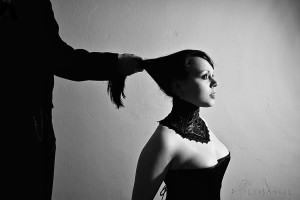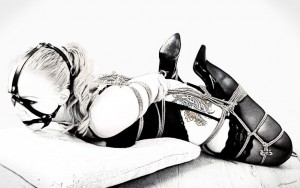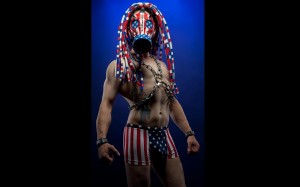Pain and Pleasure: Masochism as a psychosexual disorder
Anytime one thinks they can apply a universal truth to humanity, it is bound to be contradicted. For example, pain and suffering is believed to be negative because they are not pleasurable. Enter the psychosexual disorder known as masochism. Sexual masochism has long captured the imaginations of psychologists and the curious. Sexual masochism is the active seeking for pain and suffering for purposes of sexual gratification. Coming in many forms, Masochism is so common that the Diagnostic and Statistical Manual of Mental Disorders (DSM) Edition IV – the manual published by the American Psychiatric Association covering all mental health disorders– categorizes it as being a psychosexual disorder. According to the DSM, there are three important symptoms to be diagnosed as suffering from the psychosexual disorder: First, the need for sexual punishment has to have been recurring for at least six months. Second, the motive for this behavior is in achieving sexual arousal. Third, these sexual urges and behaviors begin to figure so prominently into the psyche of those who suffer from it that it impairs basic social functions. Sexual masochism may contradict every rational conclusion we’ve drawn on pain and pleasure, of love and hate: but, then, why is this submissive and pain-seeking source of pleasure so eternal and common?
Though it appears it many forms, masochism commonly include the use of accessories, such as handcuffs, cages, chains, and ropes. Other acts and masochistic perversions include spanking, whipping, burning, and more extreme forms include beatings and electrical shocks. Sexual masochism is, by the standards of the DSM, a disorder of the mentally ill. But, understanding sexual masochism from that perspective allows a large part of the equation to be disregarded simply because masochism contradicts our basic understandings of sexuality. After all, is love not inextricably intertwined with pleasure rather than pain?

Richard Freiherr von Krafft-Ebing was an Austro-German sexologist who was among the first to explore case studies of sexual perversions in his 1886 text, Psychopathia Sexualis. Before Sigmund Freud released his theories on sexual perversions and psychosexual disorders, this text behaved as the definitive authority on sexual subjects that were highly taboo when published, such as homosexuality, female orgasm, and masochism. “By masochism,” he wrote, “I understand a peculiar perversion of the physical sexual life in which the individual is affected, in sexual feeling and thought, is controlled by the idea of being completely and unconditionally subject to the will of a person of the opposite sex.” Krafft-Ebing gave this absolute submissiveness the name of ‘masochism’ after famed writer, Leopold von Sacher-Masoch whose imagery of females dressed in fur holding whips in his book Venus in Fur became (more…)




